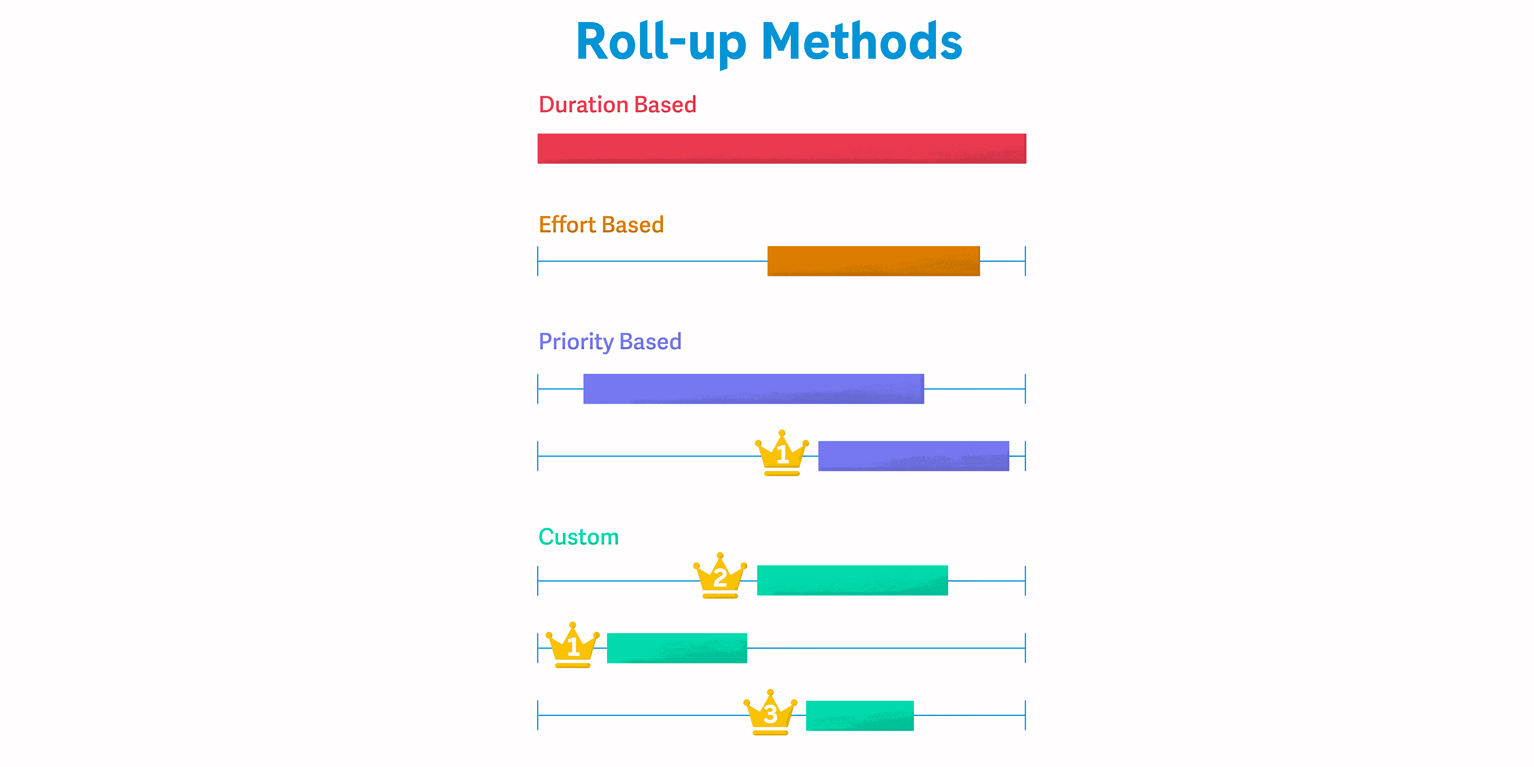The What, Why and How of Work Management
We all have things we need to do, jobs fill almost every minute of every day, and those moments when we are doing nothing at all, we are generally still thinking about something. As the late Leslie Nielsen said, “Doing nothing is very hard to do… you never know when you’re finished.”
Applying Jobs-To-Be-Done Theory
Work Management is the process of tracking and managing the completion of work across a business. It involves setting goals, assigning tasks, monitoring progress, and ensuring that tasks are completed on time. I have always been a great proponent of the “jobs-to-be-done” (JTBD) theory. Simply put, JTBD shapes the way we work and the things we do to guide our output toward responding to competitive challenges. It is a form of disruptive business thinking, but I believe at its essence, it focuses groups of people to hone in on what is most important – creating lifetime customer value.
Aligning Work Management
As groups of people in business, the ultimate granular deconstruction of vision and mission should be all of the things that we do, all our jobs to be done – we call this strategic decomposition (top-down planning). It also works in reverse, the aggregate output of all our JTBD should in theory be articulated in the enterprise’s vision and mission statement, we call this innovation management (bottom-up planning). The transparency and alignment of both are critical to prevent unproductive behavior and duplication of effort. A McKinsey poll from 2016 found “84% of global executives reported that innovation was extremely important to their growth strategies, but a staggering 94% were dissatisfied with their organizations’ innovation performance.”
Three Key Job Characteristics
So how do we define a job?
- Characteristic #1 – In StrategyBlocks a key attribute of a “block” is the description of what job is to be done. However, it is more than just a to-do list item. It has parameters, who is best to complete the job and by when, what priority it carries, and most importantly its relevance with the block (or blocks) above and below it.
- Characteristic #2 – Alone, or more likely in the context of a family of blocks, it works to resolve a problem that in the past has had no or an inadequate solution. Too often we become distracted by urgent activities that are not necessarily important, urgent often equates to operational tasks, whereas important is fundamentally strategic.
- Characteristic #3 – Everything we do should reflect the values and beliefs of the organization. Does the identified solution to a problem resolve it in such a way that is true to those cultural values and beliefs? There are many ways to solve a problem, but our values (described in SB as Focus Areas) must be applied to all the jobs we undertake.
The Complexities of Roll-ups
A big challenge for any organization is calculating the roll-up contribution of every single job, enterprise-wide and in real-time. Compounding this further, roll-up logic may vary for different branches of strategy, and different blocks may contribute to multiple parents (what is often described as “enabling strategies”) – this is where StrategyBlocks excels.
There are several roll-up methods to define the way a child blocks’ progress contributes to its parent, or parents, for the entire strategic plan or part of it:
- Method #1 – A duration roll-up expects that delivery will follow a linear path between the start and end date, regardless of the amount of effort required to deliver.
- Method #2 – The effort-based roll-up uses the number of days required to complete the job. As an example, a block might have a year-long duration, but only 12 days of work.
- Method #3 – A priority roll-up can be used to skew the delivery contribution of a block when compared to its sibling(s) blocks. Blocks with higher priority will find it more difficult to outperform.
- Method #4 – A custom roll-up requires a weighted value for each child. This scenario gives the Manager of a number of blocks precise control over the significance of one job over another.
Having an accurate picture of how the organization is delivering on its strategic commitments is one of the key variables to assessing the health of your strategic execution. If you would like to learn more about automating the roll-up of enterprise delivery and managing work, please let get in touch.




Leave A Comment